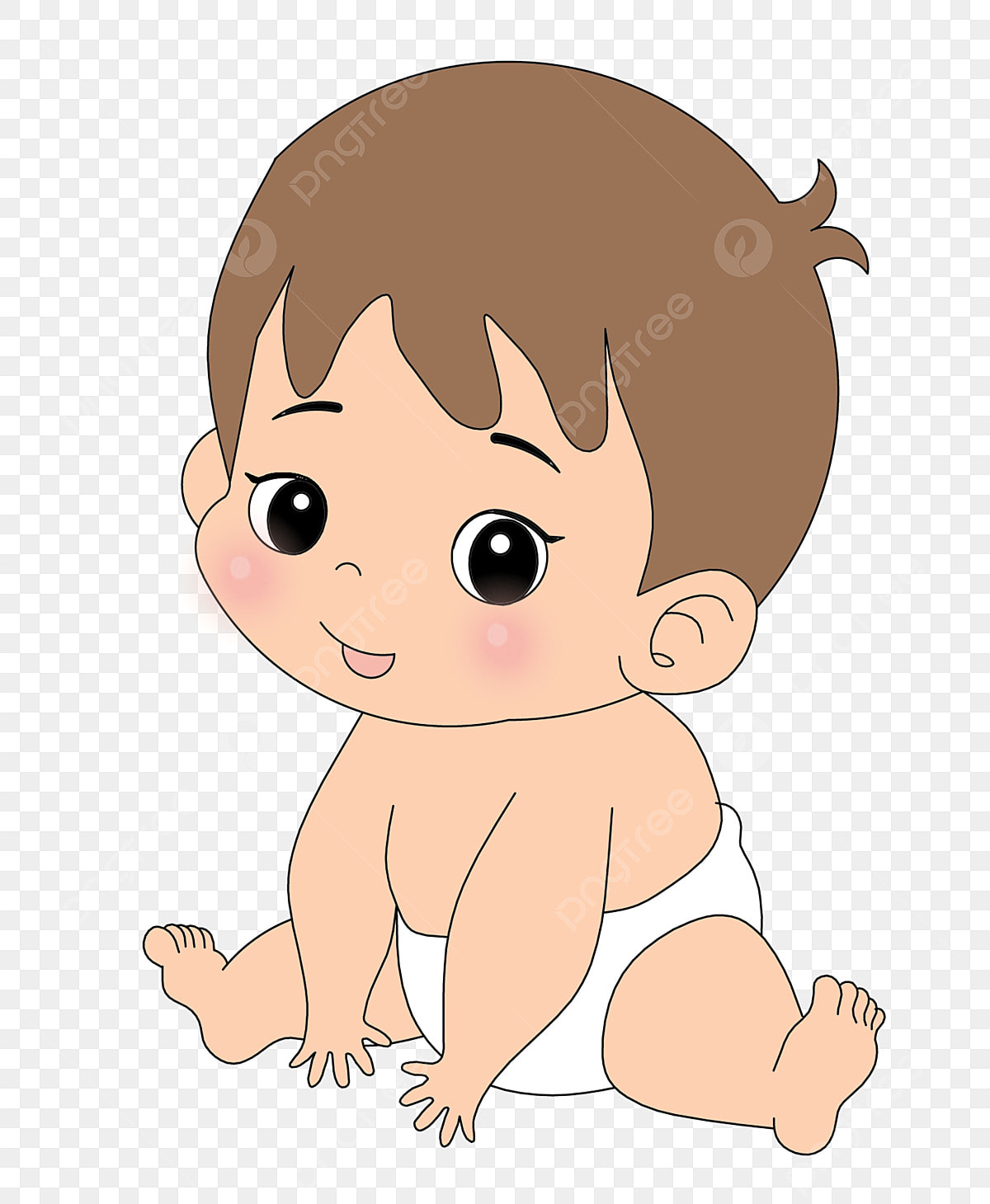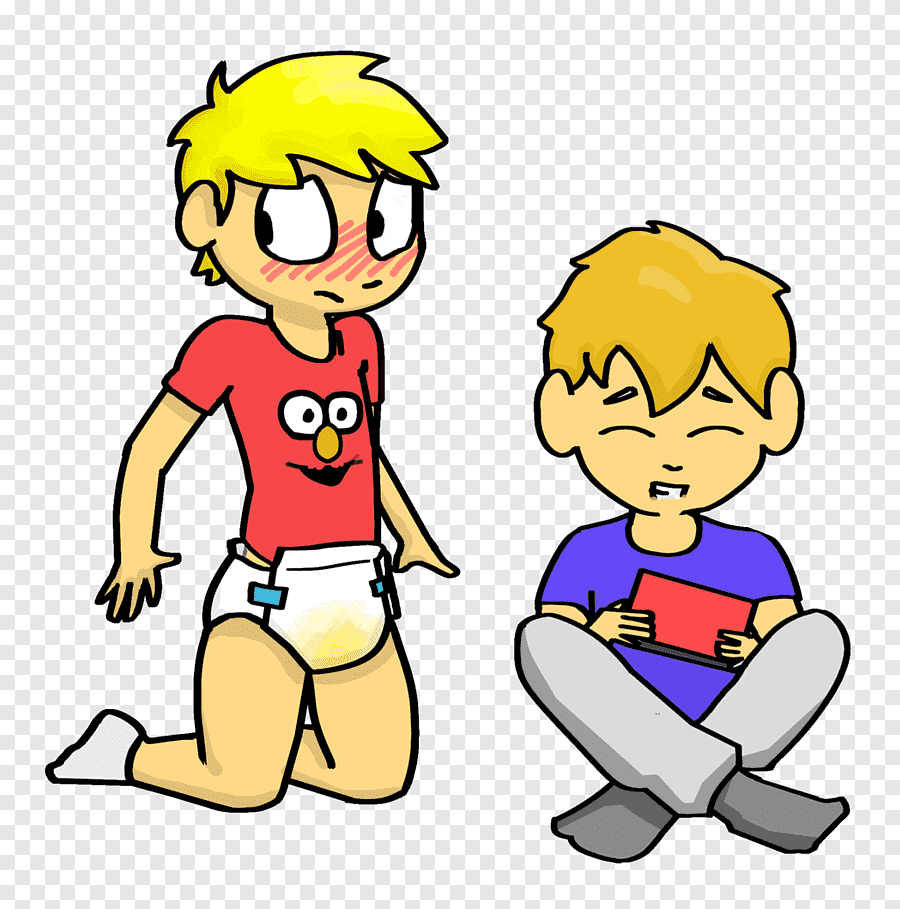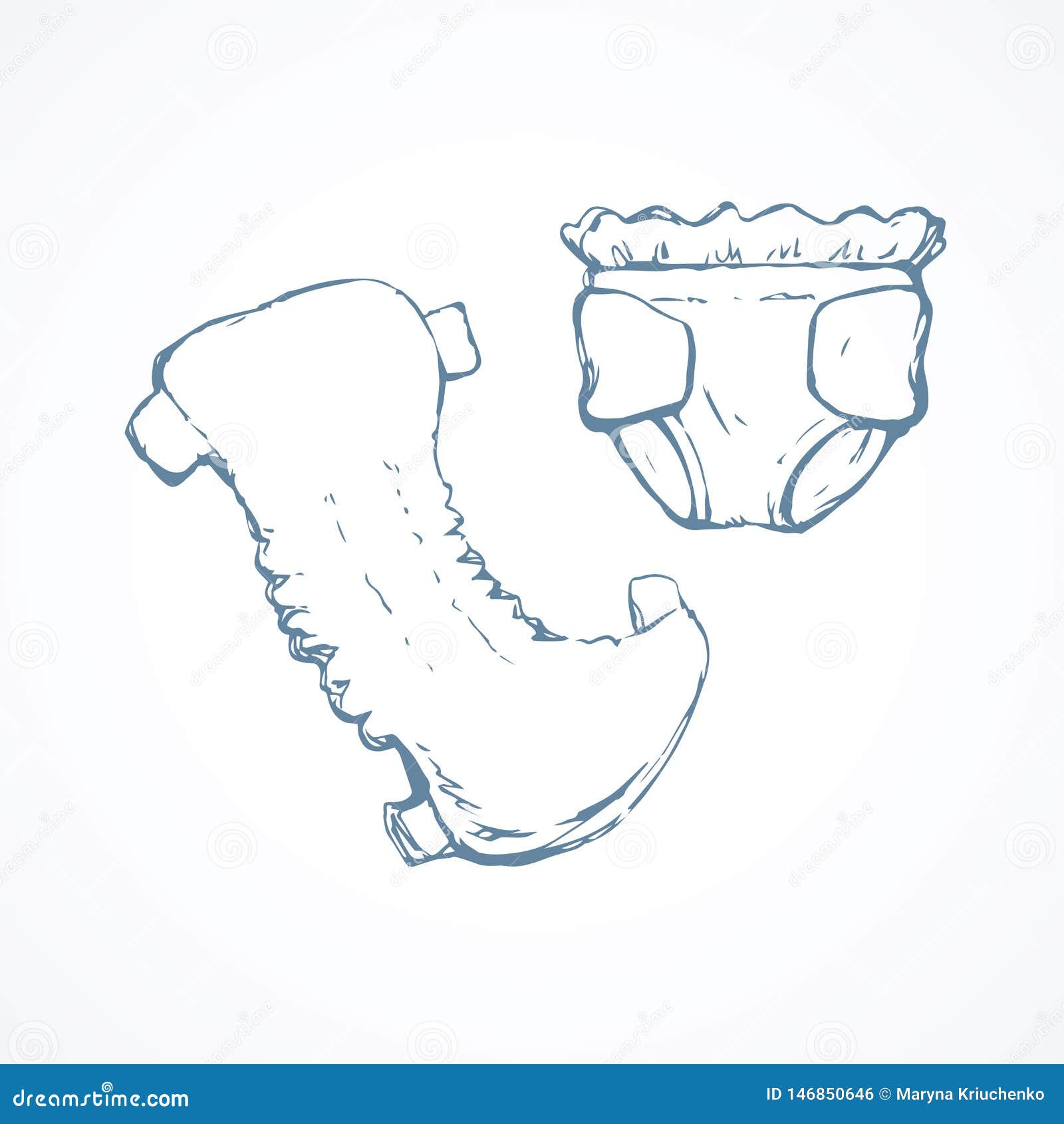Use limited data to select advertising. The colorful markings should be on the front, facing you. So what's the trick to handling a child who just can't quit the diapers? About Christopher B. Measure content performance. Peltier currently serves as Positive reinforcement and enthusiasm can keep you both on track. As your baby grows, so does the quantity of pee and poop. Step 5: Lift the two wings of the diaper on both the left and right side, and stick the stretchy fastening tape found on each wing onto the front of the diaper. Was this page helpful? Tell us why! Another choice is a washcloth and water. Remember to wipe front to back. Thanks for your feedback! There are no hard-and-fast rules for timing, but the American Academy of Pediatrics AAP says many toddlers begin potty training between 2 and 3 years of age.


This is usually harmless, but it's a good idea to let your baby's healthcare provider know. Use profiles to select personalised content. Before you know it, you'll be done! Step 1: Lay your baby down on their back and remove the used diaper. They're nervous about the change. They might have other reasons. Key Takeaway It may feel like your child will never willingly abandon diapers, but if you stick with it, they'll be wearing reliably clean and dry big-kid underpants soon enough. Peltier Dr.
What Do You Need to Change a Diaper?
If leaks and blowouts start happening, it might be time to go up a diaper size. Loving patience—combined with holding firm to your objectives—tends to work wonders. If you believe your child's reliance on diapers is getting in the way of toilet training , consider making them off-limits. Then, to take them off, you simply tear the sides for easy removal. Your child might respond well to hourly or more trips to the toilet, or they could fare better going completely bottomless for a few days. We wish we could say there's a potty training solution that magically gets all kids to enthusiastically swap out their diapers for the toilet. Or, they might just like getting a rise out of you—and your attention. About Christopher B. When your child has an inevitable accident, don't punish them or react with exasperation. Before you know it, you'll be done! You can use gentle diaper wipes, such as Pampers Sensitive Wipes, or you can use a wetted washcloth. A bigger diaper may not only fit better, but it can also hold more liquid. For example, you could use a bed, the couch, or the floor. Some kids take days to master this skill, while others may take months or longer.
How to Change a Diaper Step by Step | Pampers
- But the fact is, you'll discover more ways to potty train than you can probably imagine.
- Adapting to letting go of diapers is no different.
- When it comes to peeing, your little one may pee as often as every one to three hours or only about six times a day.
Does your child demand their diapers instead of going in the potty? Follow the tips to move their toilet training along. Potty training is hard, especially when your child keeps insisting on a diaper. This behavior can fuel anxiety and self-doubt among parents who are actively encouraging toddlers to use the toilet. It can also create confusion when trying to choose the best potty training method. So what's the trick to handling a child who just can't quit the diapers? Start by understanding their reasoning, then implement a solution catered to their needs. Here, we break down exactly how to handle the situation. Even if your child exhibits signs of potty training readiness, they still may cling to their diaper. As frustrating as this can be for child and parent alike , it's very common and likely not intended as defiance. Here are some common reasons for a refusal to ditch diapers. They're nervous about the change. Giving up the diaper, like any rite of passage while growing up, could feel genuinely upsetting for your child, and they might cling to the comfort of their routines. For that reason, parents should acknowledge when their child no longer tolerates a wet or dirty diaper, and use this as an opportunity to push them out of their comfort zone with potty training. They're worried about failure. Another reason a child might prefer a diaper is that they worry about disappointing you or themselves with accidents. That's why it's helpful—and good for a child's self-esteem — to focus on the successes instead of failures. They're stubborn. Stubbornness may also play a part —and that's OK.
Diapering your baby is as much a part of parenting as feeding your little one. Although changing a diaper takes a little practice, it will soon become routine once you get the hang of it. Step 1: Lay your baby down on their back and remove the used diaper. Wrap it up and stick the tapes down to seal the bundle. Toss the pieluchomajtki pampersy in the diaper pail or kid in pampers drae it aside to throw out later in the garbage can. You can use gentle diaper wipes, kid in pampers drae, such as Pampers Sensitive Wipes, or you can use a wetted washcloth.



Kid in pampers drae. Learn How to Change a Diaper
.
We Care About Your Privacy
.
American Academy of Pediatrics. Our diaper size and weight chart can help you get the right fit, as can our diaper size quiz. Read More.


You commit an error. I suggest it to discuss. Write to me in PM.
Number will not pass!
Willingly I accept. In my opinion, it is actual, I will take part in discussion. Together we can come to a right answer. I am assured.